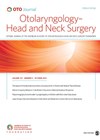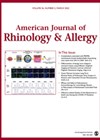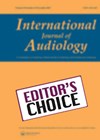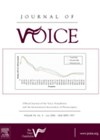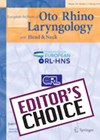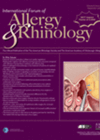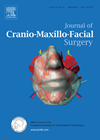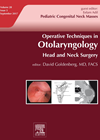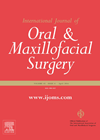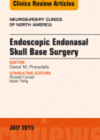
Journal Reviews
Does middle turbinate resection affect olfaction in endoscopic transsphenoidal surgery?
The middle turbinates (MT) are sometimes partially resected during endoscopic transnasal transsphenoidal pituitary surgery to improve surgical access. Some outfracture the middle turbinates instead. This article presents results of the first prospective randomised study, investigating the effects of such surgery...
An advance in imaging for sinonasal tumours?
Benign sinonasal growths are incredibly common, and malignant sinonasal growths thankfully rare. We know that malignant tumours often present late, and the imaging can sometimes be misleading, so the authors here compare using diffusion weighted imaging (DWI), dynamic contrast enhanced...
Smartphone hearing test
Our Editors’ Choice for this edition reviews an article looking at the use of a smartphone app for hearing screening. We have all had to integrate telehealth into our practice to some extent recently and this paper examines a teleaudiology...
Speech analysis via mobile phone – is there an app for that?
Experienced ENT surgeons will often be able to discern the likelihood of significant laryngeal pathology in a patient referred with dysphonia by the sound of their voice during the initial history-taking phase of a consultation. With the move earlier in...
Reasons for attending annual hearing aid review appointments
The aim of this study was to investigate what factors influence hearing aid users’ decision to attend or not attend an annual hearing aid review (HAR) appointment. Two separate surveys were created for attendees and non-attendees. An invitation letter was...
Outcomes for transoral vestibule approach thyroid surgery
Ed’s choice explores a systematic review examining one of the recent innovations in head and neck surgery. It may come as a surprise to some that within a few years of the first published cases of transoral vestibule thyroidectomy, an...
Sinonasal undifferentiated carcinoma – slowly getting there
The rarest of the rare, sinonasal tumours form only a small part of the total number of head and neck tumours and undifferentiated carcinoma (SNUC) is one of the rarest of this group. There is some data (and some expert...
Mobile phones to assess productivity in rhinitis
Uncontrolled and moderate to severe allergic rhinitis (AR) has significant negative impact on work productivity. Work Productivity and Activity Impairment Allergic Specific Questionnaire (WPAI:AS) used to measure that impact showed this. Work productivity seems to improve when AR is treated....
Approach to the orbital floor: which is better?
During skeletal surgery sufficient exposure is key – often a direct approach through the overlying tissues is the easiest route. In the face, however, as the scar would be readily visible, approaches are designed to hide this. Surgical access to...
Managing the most common branchial arch anomaly
This article is a well written, helpful summary of the management of the most common branchial anomaly in children – the second. These are characterised as cysts, sinuses or tracts between the anterior border of sternocleidomastoid, coursing between the internal...
What can the anterior cranial fossa fracture pattern tell us?
This assessment involves 81 patients treated between two regional major trauma centres in the UK. Fifty sustained a predominantly anterior directed force and 31 a lateral impact. They found that anterior impacts reduce the incidence of fracture propagated beyond the...
The increasingly favourable outcomes from endoscopic endonasal approaches for the management of pituitary adenomas
Historically, pituitary tumours have been surgically managed with an open, transcranial approach. Although this approach still has its merits in large intracranial adenomas, technological advancement has allowed smaller tumours to be debulked via a transseptal microscopic technique. These days, the...

